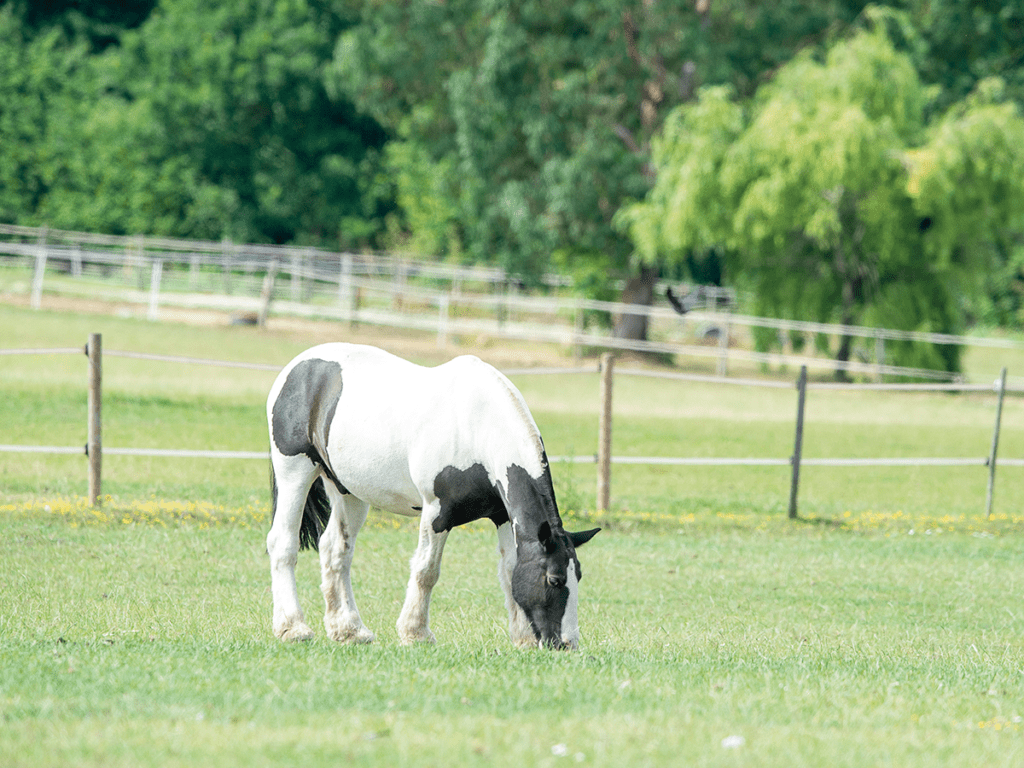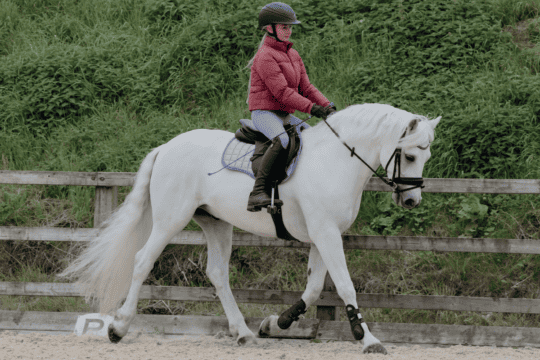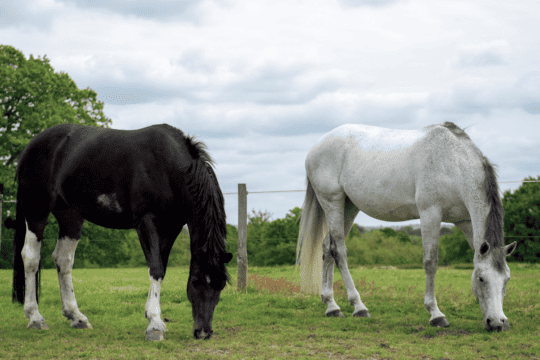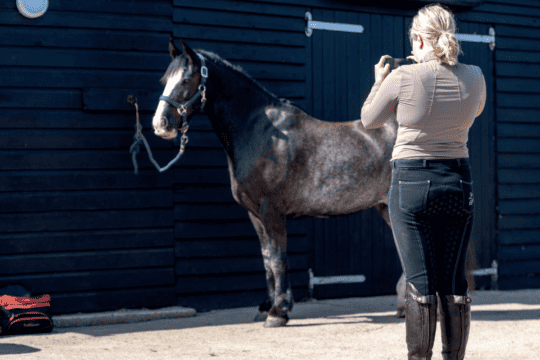
HomeThe MagazineIssues
Laminitis lowdown
Posted 1st March 2023
Be one step ahead and help prevent this painful condition...

Ponies can get laminitis at any time of year, but it’s more common in spring and autumn when grass is richer. So, now’s the perfect time to brush up on your laminitis knowledge so you can keep your pony healthy and get him veterinary help quickly if he needs it!
What’s happening?
Inside your pony’s feet there are sensitive tissues called laminae that act like Velcro, supporting the pedal bone in the hoof. When ponies get laminitis, blood flow to the laminae is affected causing them to become weak, damaged and painful – ouch!
Left untreated, things can quickly go from bad to worse, so laminitis should always be treated as an emergency. The good news, however, is that many ponies recover with the correct help.
Did you know?
If your pony has laminitis, the vet will probably prescribe painkillers, box rest and advise some dietary changes to help support your pony’s recovery.
Spot the signs
Ponies with laminitis may…
- be reluctant to move
- rock their weight back onto their hindlegs to take the weight off their sore front feet
- show pain when hoof testers are used (a special tool that detects pain in ponies’ feet)
- have a strong digital pulse (ask an experienced adult to check for this because it can be tricky to find)
TOP TIP
Hooves should be trimmed every 6–8 weeks so your farrier can monitor the condition of your pony’s feet.
Learn more about laminitis and how to reduce the risk of the condition in April PONY – on sale now!





















